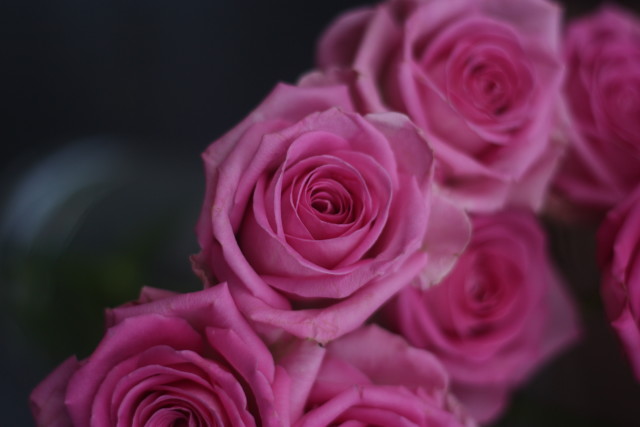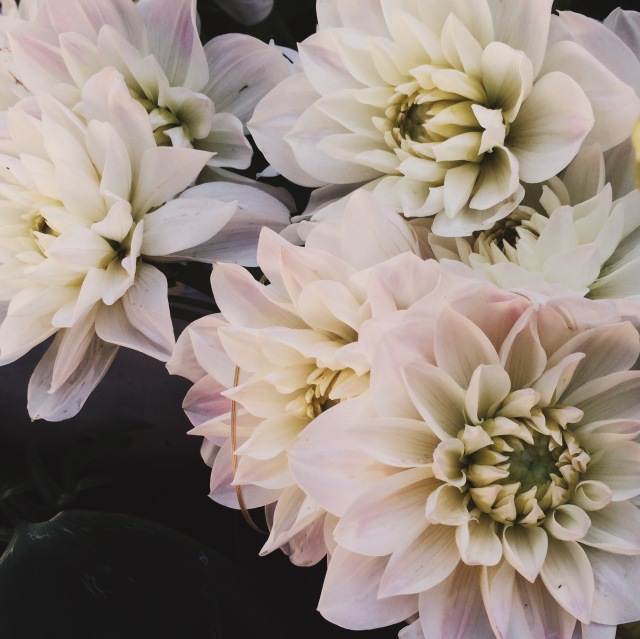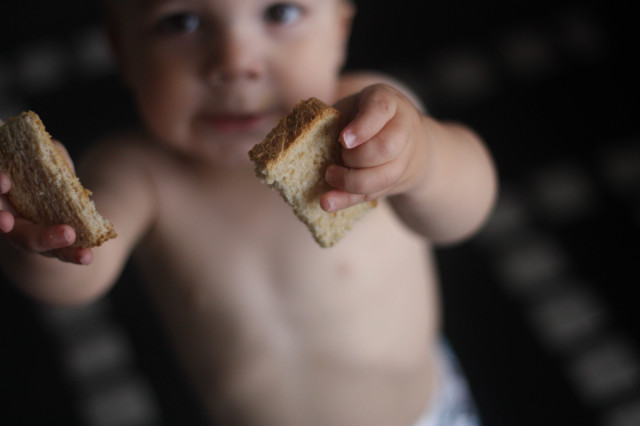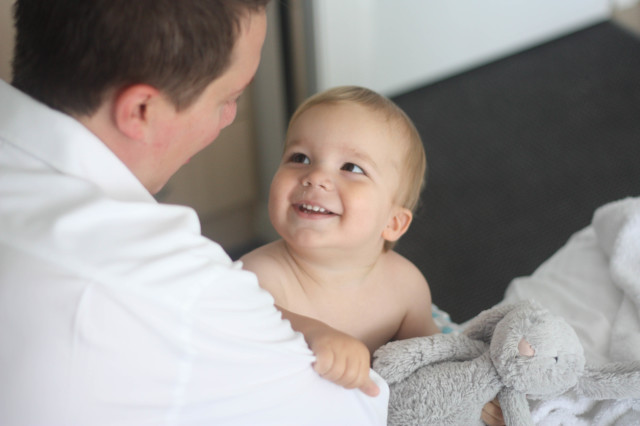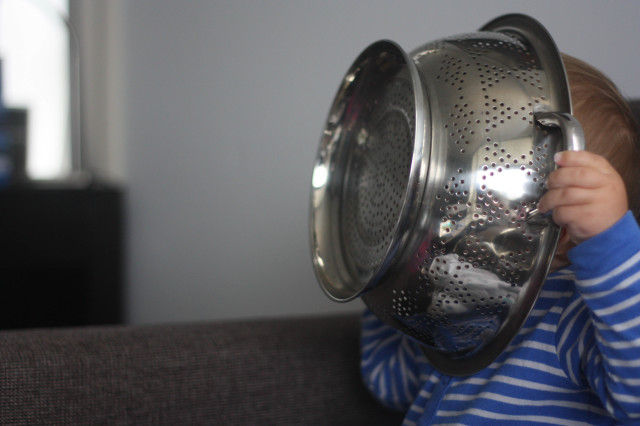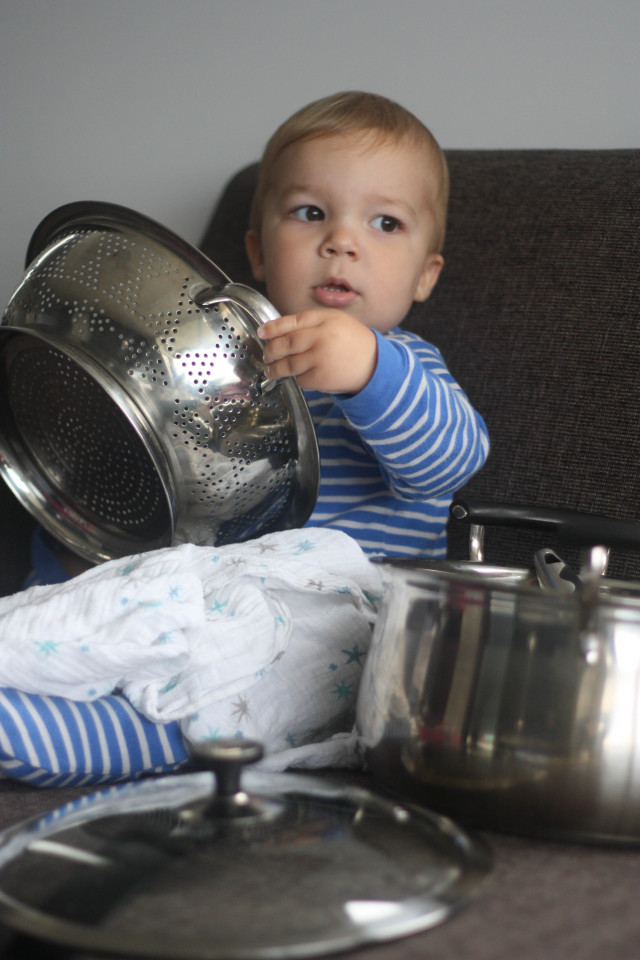After taking the Life Captured Inc course towards the end of last year I felt really inspired to master the manual settings on my camera but to be honest it’s been a very steep learning curve.
I kept getting a lot of images that were so overexposed they were totally white, or they were underexposed and black or if I’d managed to capture any action at all, they were blurry. Sigh.
I had just about given up last month when I read this beautiful post from Jodi at Practising Simplicity. If you are struggling like me it’s well worth a read, but essentially, Jodi explains that it’s fear that hold us back when switching from automatic to manual, and it’s mainly a fear of missing the moment. But you know what, you are going to miss moments – and that’s okay. It’s such a simple idea, but I have found it really freeing and it’s made my experiments with manual much less frustrating.
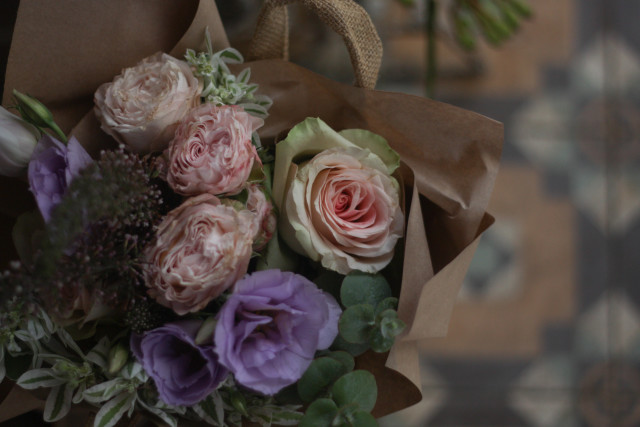
There is certainly a feeling you can create when using the manual settings which you just can’t achieve with automatic or even using aperture priority. Now I’ve relaxed a bit, I’ve been really pleased with how some of my experiments have turned out – although flowers are definitely easier to capture than toddlers.

If you are keen to give manual a go, here are three pointers which have really helped me:
1. Get to know your light meter. I was completely thrown when I switched over to manual by the light meter, or what is more properly called the exposure meter, but I now realise how important it is. (It’s the little gauge which appears on the back of the camera). When I start trying taking some snaps, I sort of just point and click the camera in the right direction and see where the exposure meter is landing! I can then see if I’m massively off the charts with my exposure and adjust the aperture and shutter speed accordingly. It’s helping with those photos that are massively over or under exposed.
2. Practise on something that doesn’t move. I’ve come to the conclusion that toddlers are not the best subject for beginners. Flowers, pretty table settings, your best teapot: all much more forgiving subjects. As I get quicker at adjusting the settings and it becomes more intuitive, I think moving targets will become easier. But as Jodi says, don’t be so scared to miss the moment that you don’t try capturing all the crazy stuff going on around you too. Repeat after me: It’s okay to miss the moment.
3. Make friends with ISO. I’d never really played with my ISO before, always keeping it on auto, but it can really make a difference when shooting in low light. Have a play and see the different effects you can get by increasing and decreasing the ISO. The brilliant Lucy Heath of Capture by Lucy, has an excellent explainer and a cheat sheet for using ISO. She’s writing a whole series on the basics of photography. It’s a must read!
Happy snapping, loves! Are you using manual? Are you having any joy? I’d love to know how you are getting on and if you have any more tips for me or any good courses. You know I love an online course x
